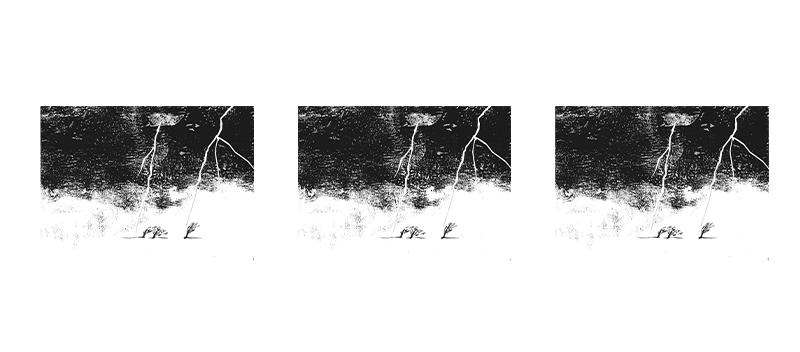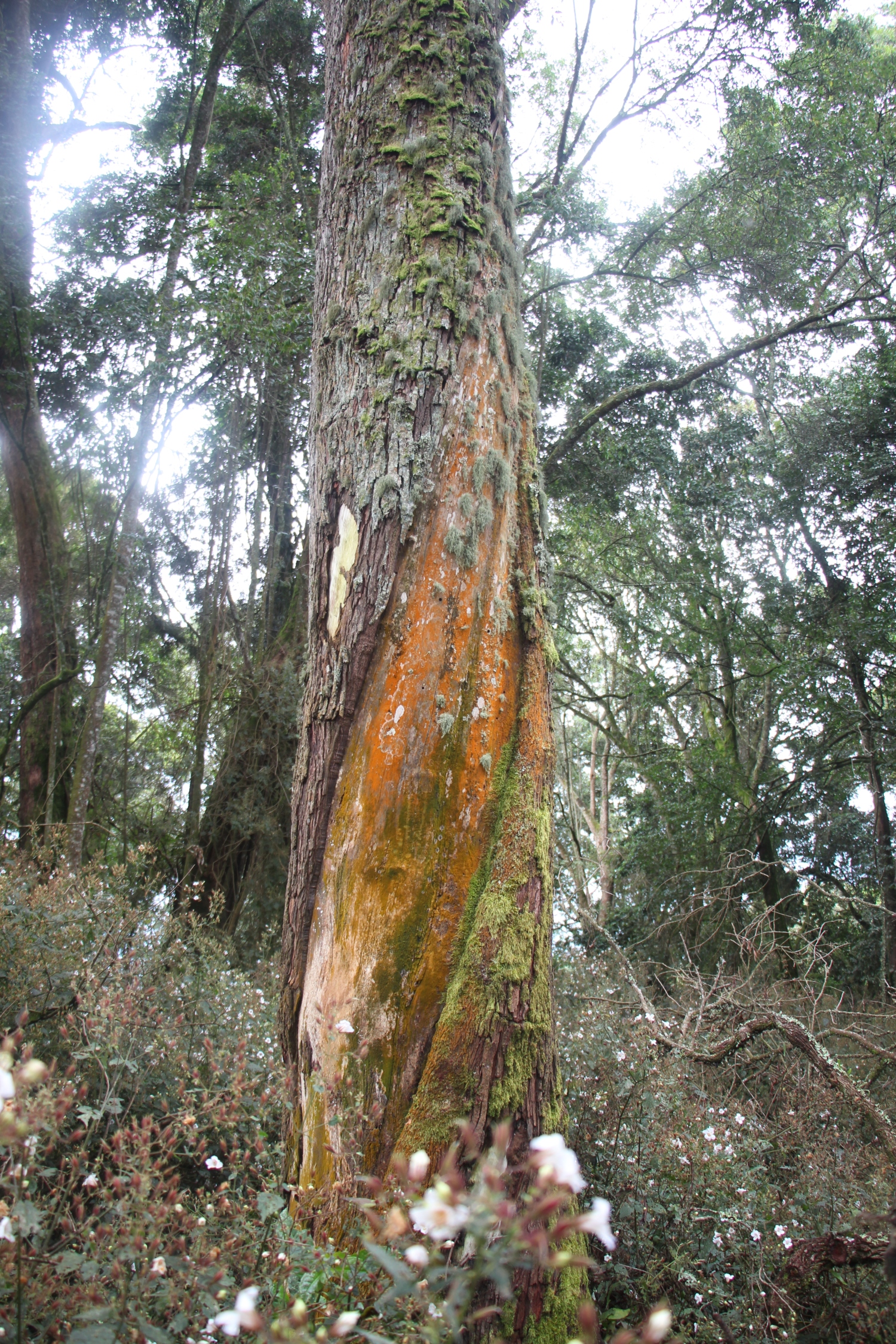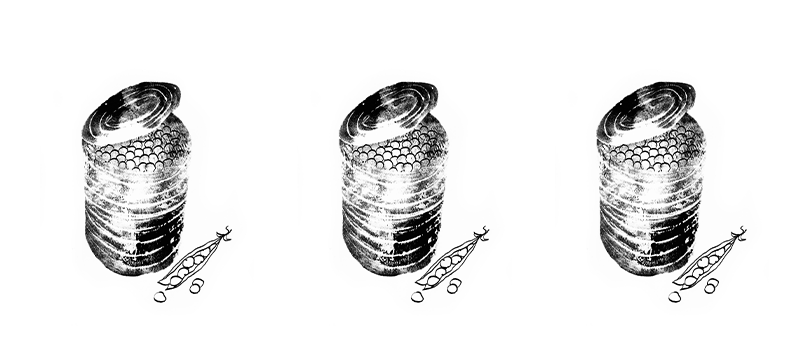Summer is coming and it’s nice and warm, but that also means thunder and lightning. How do they happen, actually?
‘Lightning occurs in warm and humid weather,’ says Bert Heusinkveld, a researcher in Meteorology and Air Quality. Warm air rises and you see a stack of clouds piling up. Higher up in the clouds, the water vapour cools and cold air and ice particles sink to the bottom. And the ice particles and water droplets collide. This transports an electric charge and creates a voltage difference in the cloud. The upper part of the cloud is mainly positively charged and the lower part negatively charged, just like a battery. This voltage difference slowly builds up and when it reaches a threshold value, discharge occurs in the form of a lightning flash. Heusinkveld: ‘The flash usually goes to another cloud, but about a quarter of the flashes go to the ground. In the Netherlands, we get about 200,000 lighting strikes a year, most of them in August when it’s hot and sultry.’
The discharge chooses the path of least resistance, which is usually the highest point in an open field. ‘Every year, one or two people die as a result of being struck by lightning,’ says Heusinkveld. ‘It was more in the old days, when farmers still gathered up the hay with a pitchfork. Nowadays, it is not farmers who are affected but golfers.’
If you are unlucky enough to be in an open field when it thunders, crouch down with your feet close together. Heusinkveld: ‘If your feet are far apart, there is a voltage difference between them and you will be electrocuted if you are struck. If your feet are close together, the difference is small and not much current flows through your body. By crouching, you reduce the chance of lightning striking you.
Every year, one or two people die as a result of being struck by lightning. There were more in the past
Bert Heusinkveld, researcher in Meteorology and Air Quality
If you are in water, you are even more at risk, because water is a good conductor and electricity will quickly spread across the surface. Fish are not usually affected, except when they swim just under the surface.’ Another fact: because thunderstorms are caused by the rising of warm, moist air, they do not occur at the North and South Poles as the sun hardly warms the surface there. Thunderstorms are also rare in deserts, but that is because it is too dry and clouds hardly form there.

 Illustration: Marly Hendricks
Illustration: Marly Hendricks 

